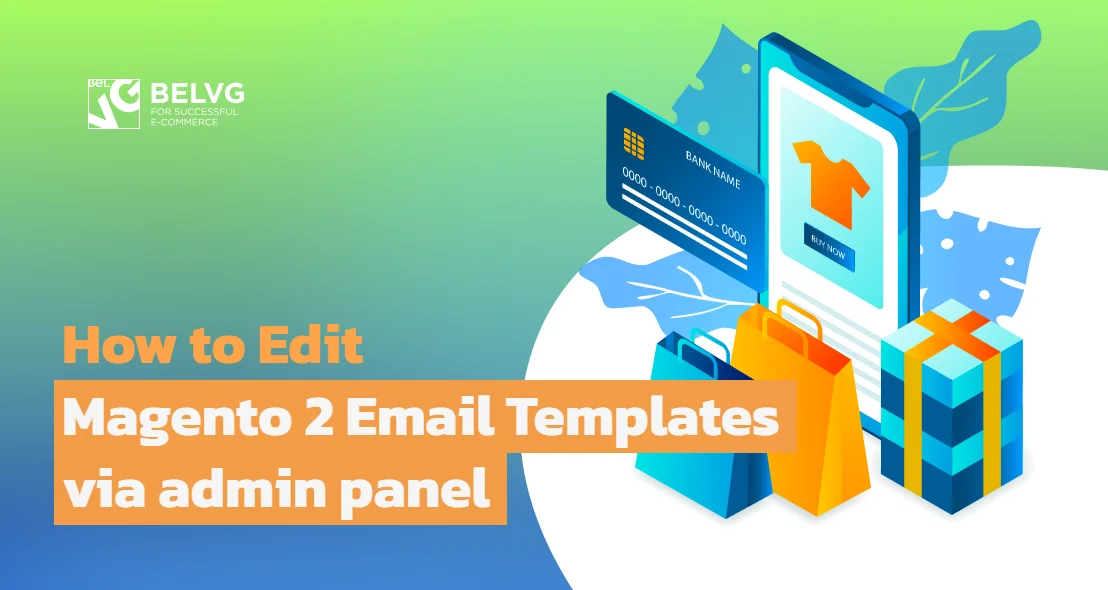Ready to send out exclusive emails? The power is in your hands with Magento email templates. In this comprehensive guide, we’ll walk you through everything you need to know to create a custom email template through the admin panel.
In this article, we are going to discuss how you can connect JavaScript in Magento 2. Check it out and get a clear understanding of this process. In our step-by-step guide we will consider four ways of connecting as well as look through their advantages and disadvantages.
Find out what CSS and LESS are and how to use them to improve your online store. We explain how to edit CSS in the admin panel and what differences you can observe in CSS in Magento 1 and Magento 2. Level up your ecommerce with the BelVG blog.
In order to properly work with Magento online store, both developer and store admin should have extensive knowledge about SKU, what role does it play for Magento inventory management and how to configure it for the purposes of your online store. The following article is dedicated to all these aspects and explores the following aspects.
Knockout.js — is a library that allows you to create dynamic interfaces and use different bindings for DOM elements. It implements the Model-View-ViewModel pattern and is used in Magento 2 dynamic modules such as Checkout, Customer, etc. In this article I will refer to module files that use knockout.js, and also describe how to use the framework to perform various functions in Magento 2.
To give your online store a modern, smart look without globally altering the current design, you can include to it dynamic, changing elements. The best solution for adding such elements in Magento 2 is JavaScript, and how to work with it we already described in the previous article.
This article is dedicated to the topic 5 from Magento 2 Frontend Certification – static asset deployment and how to perform it. Together we will get into details of the following aspects:
When a new customer registers at your Magento 2 online shop, he is required to fill in certain fields, such as first name, last name, email. He or she may want to provide some additional information. For that purpose, we need to create our own fields which will be used in a registration form. If you have Magento 2 Commerce version, new fields can be created by adding new customer attributes in the backoffice.
Today we will talk about Magento 2 and answer the following Frontend certification questions:
Which design areas exist?
What is the difference between them, and what do design areas have in common?
What are design areas used for?
How can design areas be utilized for custom themes or customizations?
Nowadays you can’t imagine an online store without dynamic, changing elements. They are a great way to stand out among your competitors and add individuality to your shop. JavaScript is considered the best tool for including such elements. Magento 2 allows to connect custom scripts for the entire site, certain pages, or even for specified blocks and parts of a page.
Read more










